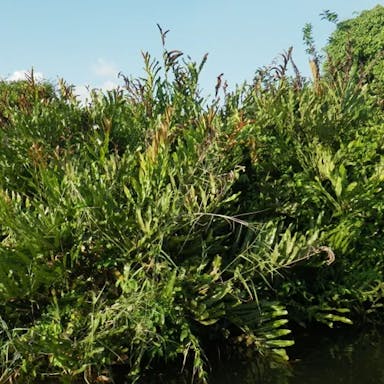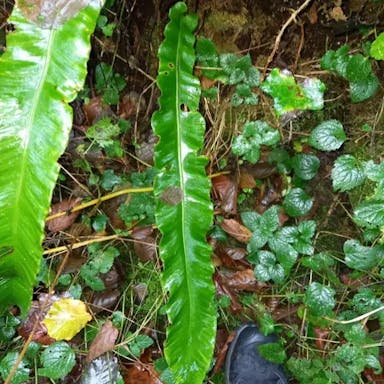Blue spikemoss is best potted for optimal growth. Use a well-draining potting mix to prevent waterlogging. Ensure the pot has drainage holes to avoid root rot. When planting, place the spikemoss in a location with indirect sunlight. Water regularly, keeping the soil moist but not soggy. Fertilize sparingly during the growing season. Repot the plant every 2-3 years or when roots outgrow the pot. Gently loosen the roots and place in a slightly larger container. Trim any dead or overgrown parts. Mist the plant occasionally to maintain humidity levels. Avoid placing near drafts or heating vents. Keep an eye out for pests like spider mites and treat promptly if detected.
0
0











